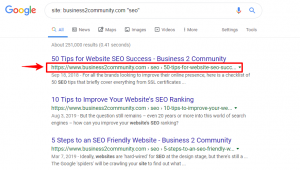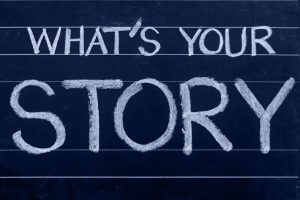How do you keep the needs of your audience in the forefront of your marketing efforts? We already know that the customer should be our primary focus in building products and marketing. But this key piece of insight often gets lost in daily activities.
In software development, the inclusion of the end user takes place with a user story. It helps developers create product features, documents, and other elements with the user in mind. User stories help breakdown tasks into smaller ones that can be ‘tested’ against the user story.
We can apply user stories to marketing to boost engagement. Let’s dive deeper and look into how that works.
What is a User Story?
We’ve seen that user stories come from the software development sphere. There’s a different version of it that we’re already familiar with in marketing – buyer personas.
Buyer personas help marketers create a clear picture of their target market. It helps you create more targetted communication and marketing strategies to improve conversion rates.
User stories are different since they add another level of detail and are more actionable. You’ll be able to translate what your customers need into helpful features and communication material.
Why Do Businesses Need User Stories?
We see that user stories can help with greater customer-focus, but what more can they do? Here are some of the benefits of creating user stories that you should consider.
- User stories keep your business connected to your customers, ensuring that your product, marketing efforts, and more, all circle around creating the best customer experiences possible
- You avoid duplication of work and rework since you have a clear focus from the beginning. You’ll avoid mistakes right upfront and create better experiences from the beginning
- It supports better teamwork and can help remove silos in your organization. It’s a clear and simple means of getting everyone on the same page. When the goal is clear, there are better chances of working together towards the right outcome
Now that you know what a user story is and how it helps, how about learning how to create one? Let’s go.
How to Create a User Story?
User stories are not as elaborate as buyer persons. In fact, a user story consists of a single line which provides three important details:
- Who your target is
- What they want
- Why they want it
Even though a user story is a single line, unlike a buyer persona it drives actionability. To have a clearer understanding of how a user story can build engagement through communication, here is a template and a few examples.
A template of your user story:
As a [user/buyer], I would like [what they want] so that [achieve specific goal]
User story templates are flexible and can be applied to any marketing strategy. For now, here’s how you might create a user story to help create content along the stages of a sales funnel. Let’s assume you’re a lead generation solution and are targeting sales officers.
Example 1: User Story at the Top of the Funnel – Awareness
As a [sales manager], I would like [to get news articles and posts] so that [I can stay updated with what’s new in my industry]
Keeping a user story like this will help you create blog posts and articles on publications you know your audience is on. Here, your aim is to make your audience become aware of who you are but by giving them what they want – industry news and updates.
Example 2: User Story in the Middle of the Funnel – Consideration
As a [sales manager], I would like [to know about the features your tool offers] so that [I understand how it can get me more leads]
Once your potential customer has moved along the funnel to considering your solutions, you can create a clear website and email communication that conveys your value proposition.
A user story keeps their desire clear in your mind and shapes how you build your marketing and content strategies.
Example 3: User Story at Bottom of the Funnel – Decision
As a [sales manager], I’d like [a compelling offer] so that [I can justify purchasing this tool]
Here’s where you can craft a great discount or giveaway that creates a purchase.
It’s obvious that you can build a template that’s more suitable to your business activities. There are also many areas or activities where you can apply user stories. We’ve just looked at a few examples of how a user story can work for you.
Conclusion
User stories were originally made to help developers ensure that their tasks revolved around the end-users. Understand what your customers want isn’t necessarily intuitive. As a business, it’s easy to slip into thinking from a feature-driven mindset rather than one that holds the customer foremost in mind.
This is where user stories come to help you find a clear way forward so that you avoid mistakes and rework. You’ve gained insight into what user stories are and how they can help, it’s up to you to apply them to your marketing activities. Now, back to you.
Digital & Social Articles on Business 2 Community
(93)
Report Post



